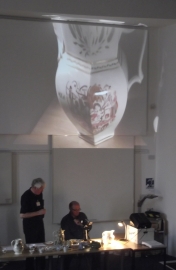
The Pot Session on Saturday night
Last month I attended the Northern Ceramic Society’s (NCS) Summer School at Chester University. NCS is the largest ceramic society in the UK. It has nearly 1000 members whose interests range from studio pottery to 18th century butter boats, medieval majolica and kiln technology.
This year the Summer School theme was right up my street, ‘Enlightenment and Discovery; The Ceramic Legacy’. It was a varied lecture programme that explored the way the Enlightenment movement and its legacy shaped ceramics, from key figures such as Josiah Wedgwood through to the influence the Portland Vase had on ceramic design. The legacy of the Enlightenment was discussed in terms of Ruskin’s preoccupation with artistic taste, the working conditions at the Stoke Potteries and the spiritual enlightenment that influenced the work of the early 20th century studio potters.

Pots and wine – a happy combination
It is hard to sum up a 4 day conference succinctly, but some interesting Derbyshire related things cropped up. Dr Oliver Kent in his lecture on the changes to kiln and firing technology 1650 – 1775, discussed the illustrated records of the Swedish traveller Reinhold Angerstein. Angerstein undertook a detailed survey of English Industries, mainly focusing on lead and iron manufacturing. He was himself involved in the Swedish iron industry and was in the UK basically as a spy; examining the quality of the iron, what it was being used for, how it was being produced etc.
Angerstein also gives an insight into other industries including ceramics. Oliver’s lecture included Angerstein’s 1754 illustration of the saltglaze kiln at Crich. The kiln had quite a sophisticated fire box that Oliver believed would have reached a high temperature. I know nothing about the pottery at Crich, so this was very interesting and something I plan to look into further. Angerstein recorded the kilns at Derby porcelain including the muffle kiln which was used for Derby figures and he states that at the time of his visit, they were debating installing equipment for throwing bowls and plates. It would have been great if Angerstein had visited the area 25 years later, as I would have been interested to hear what he thought of Richard Arkwight’s Mills – that is, if he had been allowed in!
On the Friday we went on a visit to the Spode Works Visitors Centre. This followed a fascinating morning lecture on Spode by Pam Wooliscroft, a company which I previously knew very little about.
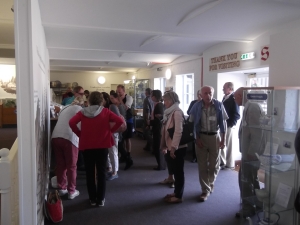
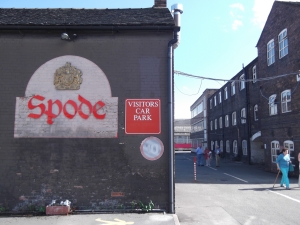
Anyway back to the Derbyshire links – Wedgwood sourced his barite from Matlock and, along with Thomas Bentley and all good eighteenth century gentleman, he owned a copy of Whitehurst’s Formation of the Earth. The Portland Vase not only influenced Matthew Boulton’s Blue John ormolu vases and Derby porcelain but it was also copied at the little known Whittington Moor Pottery. I also learnt that Joseph Wright was originally called upon to paint the Wedgwood family portrait, which would have been pretty amazing, although I have to admit that George Stubbs did a decent job.

I had a really good time at the Summer School and met a lot of interesting people. Since being back at work I have had communication with some of the members including being sent an article and images of a porcelain plate depicting Richard Arkwight’s Willersley Castle – Thank you! Kathy Niblett’s lecture on the pioneer studio potters has reinvigorated me to tackle the studio pottery that we have at Buxton Museum and Art Gallery, and I am planning a small exhibition at Alfreton Library containing the work of Bernard Leach, Bernard Rooke and Belper born Mary Rogers.
I would like to thank the Northern Ceramic School and the anonymous donor who supported the 2013 Dr Geoffrey Godden Bursary, of which I was the recipient.

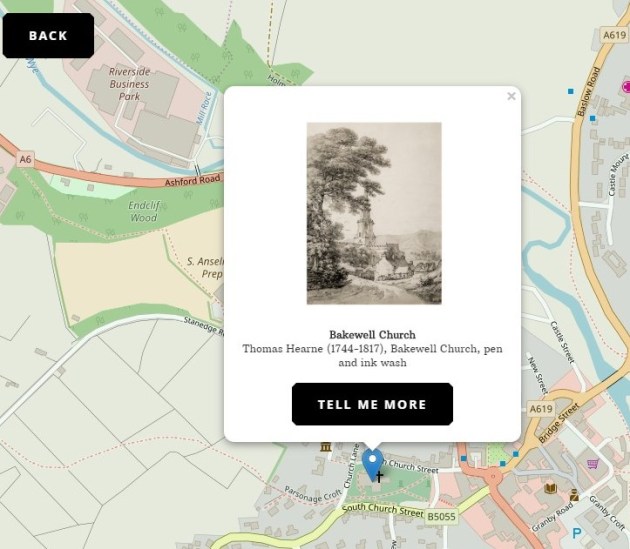
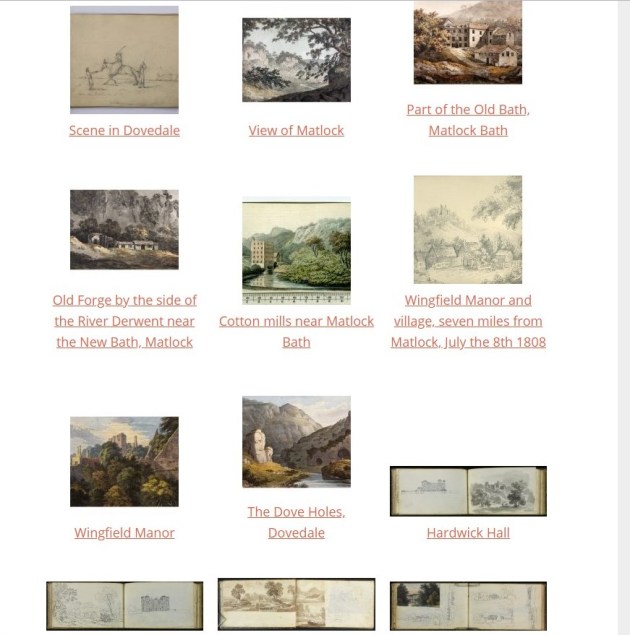







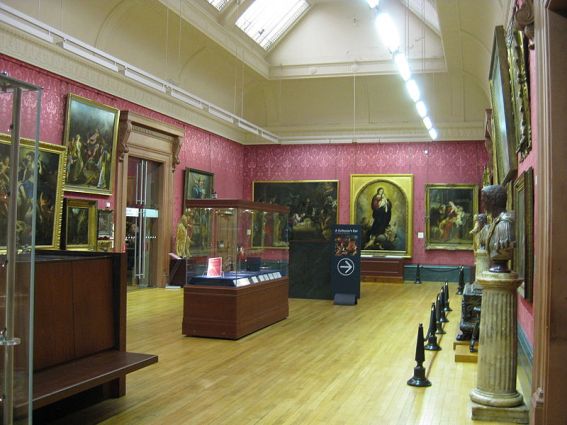
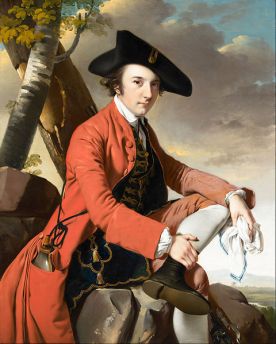
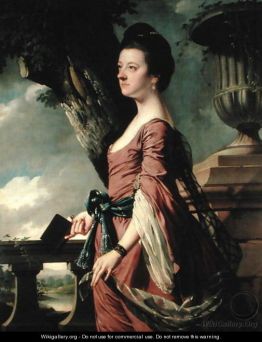
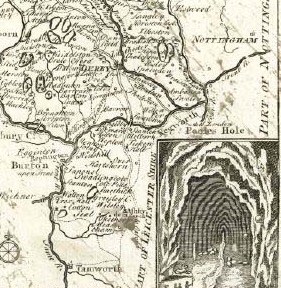

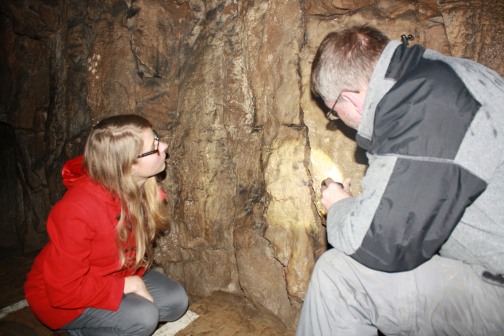






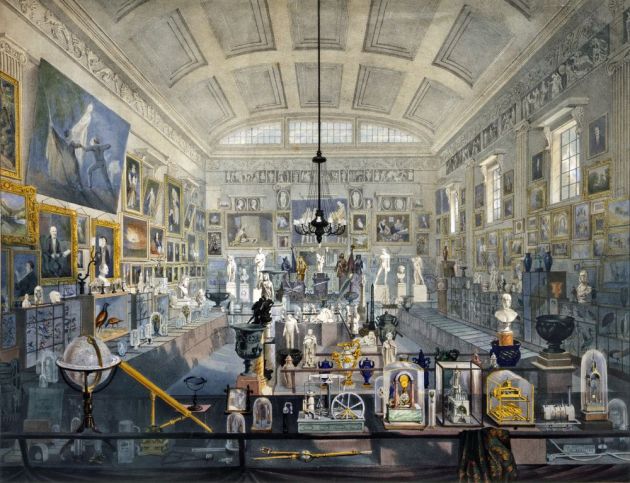
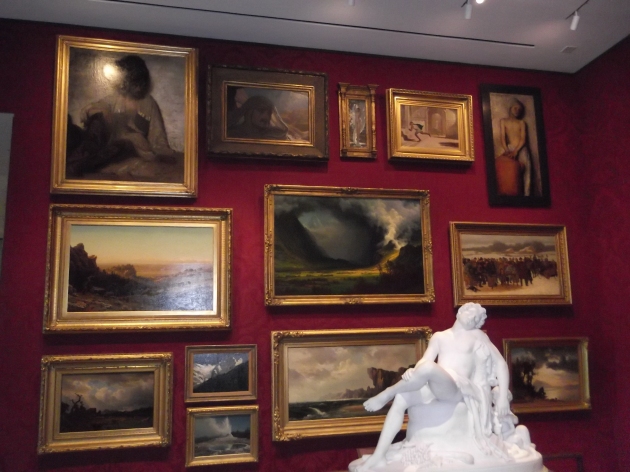
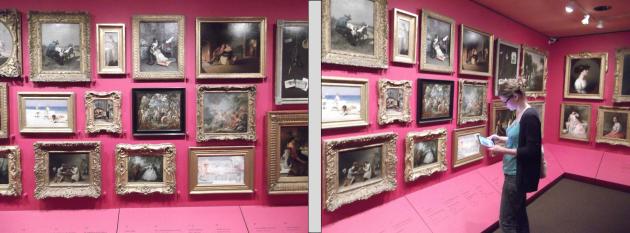

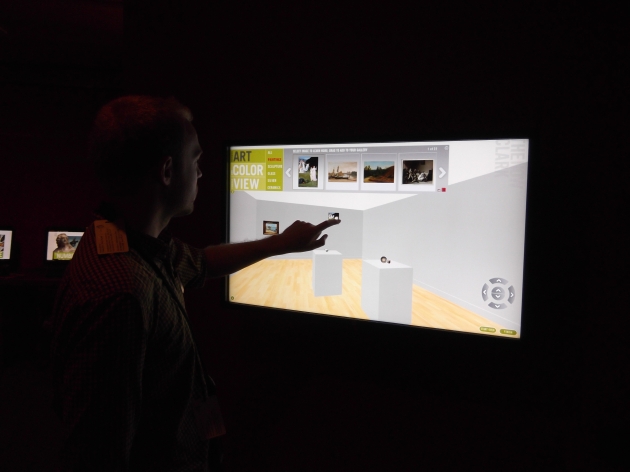
Recent comments